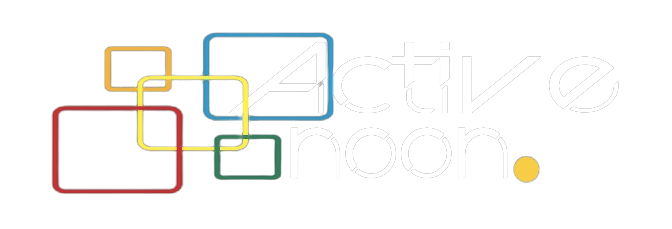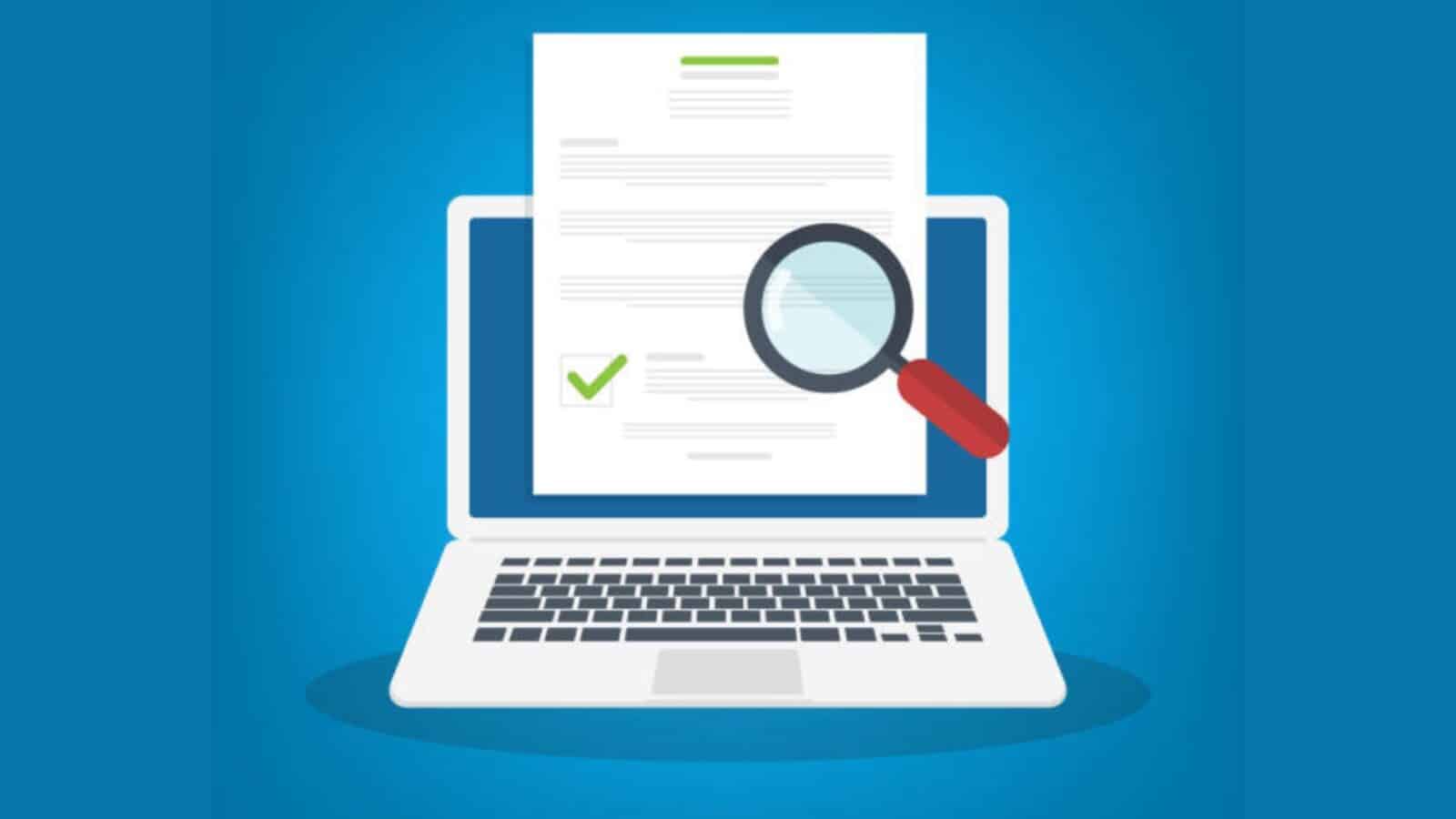As digitization takes over all industry sectors, keeping scammers and fraudsters out of the system is becoming increasingly challenging. Although technological advancements aim to ease human life, they can also be used for illicit purposes. Often, this happens when a business tries to put together a digital transformation program without proper strategy and security measures in place. Instead of easing customer experience, such programs can backfire and hurt the company’s reputation. Hackers use fake documents to access the system and cause monetary damage. Document verification can mitigate these risks, but business leaders must know the following frequently asked questions (FAQs) before investing in a document verification solution.
What is document verification?
Traditionally, identity verification of documents was an in-person process. For example, a bank officer might check a person’s national identity card or driver’s license before opening an account. With the advent of digital document verification, this physical process has moved online. Now, customers can use an online portal to submit pictures or videos of their physical documents, such as national ID, driver’s license, passport, etc. A purpose-built document attestation software verifies that the provided documents are neither fake nor forged. Thus, ensuring their legitimacy and authenticity. The software checks multiple attributes, such as the face, name, address, and document’s security features.
What are the common types of fake documents?
Hackers often use different processes to create fraudulent documents. For instance, alteration is the most common form of document fraud. These documents are commonly referred to as forgeries and are produced by altering the credentials on genuine documents. Moreover, counterfeit documents are unauthorized reproductions of official documents. Therefore, these documents are made from scratch. In some instances, scammers can use stolen documents to fool the system. Since there is no sign of alteration or forgery on these documents, it can be hard to verify the identity in an online system. The Federal Trade Commission has already received 5.7 million reports of fraud and identity theft in 2023. Out of these reports, 1.4 million cases were related to identity theft.
Which documents are used for document verification?
A large number of documents that include an attribute for authenticating a person’s identity can be used for document verification purposes. For instance, during identity verification, documents such as national identity cards, driver’s licenses, and passports are commonly used. During address verification documents such as utility bills are used. Similarly, the required documents can depend on the purpose and context of the document verification process. Moreover, organizations carrying out the verification can specify the necessary document per their requirements. Schools use transcripts and degree certificates for education verification, whereas banks use credit reports for lease agreements.
What is the process of document authentication?
It’s important to note that identity document verification involves several steps and can be done using multiple techniques, depending on the document’s contents. The first step prompts the user to upload documents on the verification portal. The system will utilize optical and intelligent character recognition to extract the data from the pictures. Next, the document verification process looks for errors, omissions, typos, and mismatched data in the documents. The system can ask for a selfie to cross-verify with the picture on the provided document if required. This step is referred to as a liveness check. Another essential step in document verification is attesting security features such as watermarks, holograms, and rainbow patterns.
After completing the internal checks, online document verification cross-verifies the data against reputed databases to ensure accuracy. As an advanced check, companies can request experts to authenticate documents if red flags are observed during the preliminary checks.
What if my documents are not accepted?
There can be multiple reasons for the rejection of a document. Firstly, if the text on the paper is not visible or readable, the system prompts the user to retake the picture. It usually occurs if the image is taken in a dimly lit room or with a flash. Also, modern document authentication systems require that documents not be folded and all corners be visible. Errors can occur if these requirements are not fulfilled. Besides these conditions, another cause of the rejection is if the system flags a document as altered or forged. In such instances, customers are notified to upload the correct papers.
Key Takeaways
Due to the rising number of identity theft and fraud cases, it becomes essential for businesses to deploy robust security measures. Currently, document fraud is the most common among cyber attackers. Therefore, companies should safeguard business and customer interests by investing in document verification services. These solutions utilize cutting-edge artificial intelligence and machine learning features for document checking. It not only ensures accuracy and efficiency in the process but also streamlines customer onboarding. Since document verification services vary in methods, it is wise to request a demonstration to ensure they align with your business goals and strategies.

















Leave a Reply